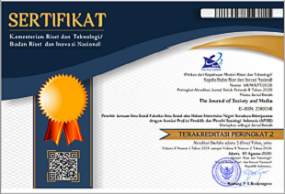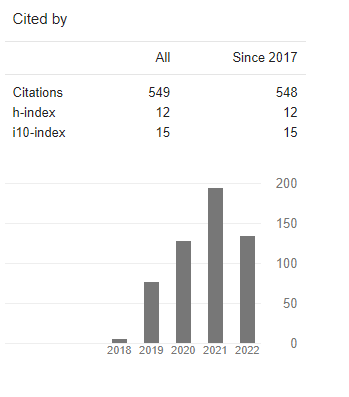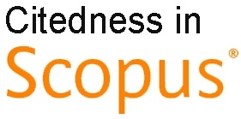SENSITIVITAS GENDER GURU SEKOLAH DASAR DI KOTA SURAKARTA
DOI:
https://doi.org/10.26740/jsm.v1n2.p53-66Abstract
This article studies the issue of gender sensitivity in Elementary School teacher relations with gender equitable education in Surakarta. Since the ratification of CEDAW Convention, State has obligation to provide protection to Indonesian citizens, specifical women in all aspects of life, including the education. The role of teachers as educators is the main thing in the embodiment of gender equitable education that began at the school. This research finds that the understanding of gender concepts from informants varies greatly, but it all comes down to differences between men and women who are his base is merely a biological concept. This concept is actually reinforced gender stereotypes. But they have to apply gender equitable education in the classroom, with the understanding that as a teacher they are not entitled to differentiate between boys and girls. Because understanding the concept of gender that is not comprehensive, the gender fair education applications limited only to the problem of equality of treatment for boys and girls.References
Ace Suryadi. 2004. Kesetaraan Gender Dalam Bidang Pendidikan. Bandung: Genesindo.
Budi Rajab. 2004. Pendidikan Sekolah dan Perubahan Kedudukan Perempuan dalam Jurnal
Perempuan Vol. 34. Yayasan Jurnal Perempuan.
Ismi Ismi Dwi& Rutiana dwi Wahyuningsih. 2007. Integrasi Pendidikan Adil Gender Dalam
Proses Pembelajaran Di Sekolah Dasar. Surakarta: UNS Press.
Kementrian Pemberdayaan Perempuan RI. Profil Perempuan dan Anak Indonesia Tahun
2007.
Sri Murtiningsih. 2005. Alternatif Pendidikan Freireian: Jalan Keluar Penindasan Terhadap
Perempuan dalam Jurnal Perempuan Vol. 44. Yayasan Jurnal Perempuan.
_____________. Surakarta dalam Angka Tahun 2007, BPD Kota Surakarta.
Downloads
Published
How to Cite
Issue
Section
 Abstract views: 1596
,
Abstract views: 1596
, PDF Downloads: 1352
PDF Downloads: 1352












